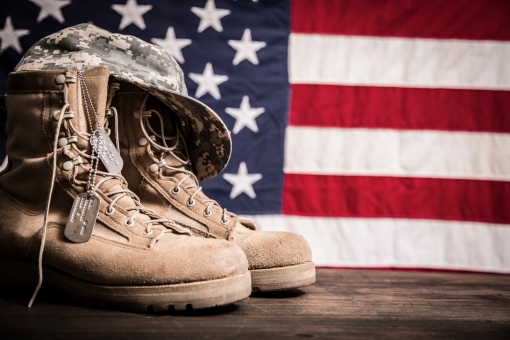|
|
RAND research and commentary on the issues that matter most
|
July 15, 2021
|
|
|
|
|
Photo by Aaron Doster/Reuters
|
|
|
|
A recent Supreme Court ruling may be a step toward allowing college athletes to access the income that their labor produces. That's according to RAND economist Jhacova Williams. Although the ruling did not directly address the issue of paying these athletes, it looks like the question will soon turn from if colleges should pay their athletes to how that might work.
One potential model can be found in how universities treat Ph.D. students. Like “near-pro athletes,” as Williams calls them, Ph.D. students receive tuition waivers, health benefits, and access to world-class facilities—but they're also paid salaries. If athletes were to receive salaries, then their labor hours could include game-day labor and preparation for games, and their contracts with universities could include educational requirements, such as maintaining a certain GPA.
The court's ruling “may upend college athletics in some ways that are overdue,” Williams writes. “But the model to pay them is simple labor economics.” Read more »
|

|
|
Photo by kali9/Getty Images
|
|
In the past, incoming college freshmen who were deemed “not college ready” had to enroll in developmental classes before beginning college-level coursework. But many schools now offer corequisite remediation, which allows students to immediately enter college courses while receiving extra academic support, such as tutoring. RAND research suggests that corequisites may be helpful for high school graduates affected by school closures during the pandemic.
Read more »
|
|

|
|
Photo by fstop123/Getty Images
|
|
For more than a decade, the suicide rate has been rising in the general U.S. population and especially among veterans. In a new paper, RAND's Rajeev Ramchand presents data on the magnitude of this problem and identifies opportunities to better understand why veterans take their lives and how to help those who may be at greater risk of doing so. Notably, there have been some key advances in research and practice that might help reduce suicide among veterans.
Read more »
|
|

|
|
A teenager receives a COVID-19 vaccine at a clinic in Philadelphia, Pennsylvania, May 18, 2021. Photo by Hannah Beier/Reuters
|
|
In a survey conducted in April, one month before the first COVID-19 vaccine was authorized for adolescents, 52 percent of unvaccinated teenagers said that they intended to receive the vaccine. Additionally, more than half of parents of unvaccinated adolescents ages 12–17 said that their child would get vaccinated. The survey results also suggest that receiving more information about COVID-19 vaccine safety and efficacy for adolescents could help increase confidence in the shot.
Read more »
|
|

|
|
Children cool off under the spray from an open fire hydrant in the Washington Heights section of Manhattan, July 17, 2013. Photo by Mike Segar/Reuters
|
|
The recent streak of record-setting temperatures in the Pacific Northwest has led to the deaths of hundreds of people. Last summer, RAND's Jaime Madrigano wrote about the growing need for robust and effective heatwave planning and, more broadly, preparing for the effects of climate change. Such planning is particularly important to protect vulnerable people, who tend to be hit hardest by climate-related disasters.
Read more »
|
|

|
|
A soldier loyal to Syria's President Bashar al-Assad's forces in Quneitra, Syria, July 22, 2018. Photo by Omar Sanadiki/Reuters
|
|
Hundreds of thousands dead and millions displaced. Human rights violations. Economic collapse. The Syrian civil war, now in its eleventh year, has been a disaster. New U.S. sanctions have targeted Syrian ruler Bashar al-Assad and his networks, making it harder for them to profit from reconstruction activities. But so far, sanctions haven't forced reform, says RAND's Howard Shatz. In fact, these sanctions have hurt those they were intended to benefit: the Syrian people.
Read more »
|
|
|
How does RAND apply an equity lens to research and analysis? What role might big data play in reducing infant mortality? Can veterans' stories be told through opera?
|
|
|
|
|